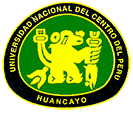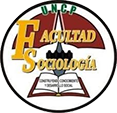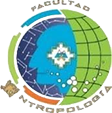Español Meanings about the environment for adolescents from the town center of Chala Nueva -Concepción
DOI:
https://doi.org/10.26490/uncp.sl.2024.8.2.1978Keywords:
EspañolAbstract
The objective of the research was to identify the meaning that the environment has for the adolescents of the Chala Nueva Population Center - Concepción - 2023, the geographical space of the highland area of Canipaco, is characterized by the presence of collectives or human groups in the spaces rural; The rural family brings together nuclear and basically extended households, in the family system, pubescent children and adolescents with rural experience share with their parents, siblings, grandparents, uncles; among neighbors, friends, fellow citizens certain appreciations about the climate, microclimates, the development of genuine wild flora and fauna, that is, the rural ecosystem. The qualitative study, with an ethnographic design, collects information on the meaning that adolescents have about the environment. 10 adolescents of both sexes with rural experience were identified, who will be approached with an in-depth interview guide. The findings show that the environment for the students of the town of Chala Nueva is associated with life, access to oxygen, breathing, access to health, food, quality of life, preserving and promoting flora and fauna. It is concluded that the adolescent with rural experience possesses and executes meanings about the environment, associates and interrelates with life, future and responsibility; the community, the municipality, the health center and the educational centers contributing to this purpose.
References
Andrade, F. (2021). Importancia de la educación ambiental en adolescentes. Revista Cultural de Nuestra América, 29(114), 62-63. https://www.revistas.unam.mx/index.php/archipielago/article/view/81987
Angrino, C., & Bastidas, J. (2014). El concepto de ambiente y su influencia en la educación ambiental: Estudio de caso en dos instituciones educativas del Municipio de Jamundi [Tesis pregrado, Universidad del Valle]. Repositorio institucional. https://bibliotecadigital.univalle.edu.co/server/api/core/bitstreams/b46944f3-cc1f-42e9-9c06-ab4375fed1e9/content
Brundtland, G. H. (1987). Our common Future. Oxford University Press. (Trad. en castellano, Nuestro futuro común, Alianza Ed., 1988).
Barrios, L. (2019). Educación ambiental en la zona rural de Cali: Una aproximación a su situación desde los proyectos ambientales estudiantiles - PRAE [Tesis pregrado, Universidad Autónoma de Occidente Colombia]. Repositorio institucional. https://red.uao.edu.co/server/api/core/bitstreams/c1eb5257-9f83-4037-9451-50f86c037bd4/content
Beltran, J., & Peñaloza, Y. (2019). La educación ambiental en la Institución Educativa Nuestra Señora del Rosario en el nivel secundario en la Provincia de Huancayo - Junín – 2016 [Tesis pregrado. Universidad Nacional del Centro del Perú]. Repositorio institucional. https://repositorio.uncp.edu.pe/handle/20.500.12894/5398
Cerda, H. (2011). Los elementos de la investigación cómo reconocerlos, diseñarlos y construirlos. Editorial Magisterio.
D’Angelo, O. (2002). Subjetividad Social, Desarrollo y Retos de la Complejidad [Archivo PDF]. CLACSO. https://bibliotecavirtual.clacso.org.ar/ar/libros/cuba/cips/caudales05/Caudales/ARTICULOS/ArticulosPDF/0711D053.pdf
Echevarría, G. (2019). ¿Qué es la interpretación de datos? Euroinnova International Online Education.
García-Alandete, J. (2014). Psicología positiva, bienestar y calidad de vida. Revista Enclaves del Pensamiento. Revista de filosofía, arte, literatura e historia, 8(16), 13-29. https://www.scielo.org.mx/scielo.php?script=sci_arttext&pid=S1870-879X2014000200013
Giddens, A. (1994). The consequences of modernity. Stanford University Press.
Hernández, R., Fernández, C., & Baptista, P. (2006). Metodología de la investigación. McGraw-Hill.
Mamani, H., Estrada, E., Gallegos, N., & Huaypar, K. (2020). Actitudes hacia la conservación ambiental en adolescentes de educación secundaria en Madre de Dios, Perú. Ciencia Amazónica (Iquitos), 8(1), 99 - 110. https://doi.org/10.22386/ca.v8i1.283
Miranda, L. (2013). Cultura ambiental: un estudio desde las dimensiones de valor, creencias, actitudes y comportamientos ambientales. Producción + Limpia, 8(2), 94-105. https://revistas.unilasallista.edu.co/index.php/pl/article/view/527/276
Pérez, J. & Merino, M. (2021). Guía de observación. Definición de. https://definicion.de/guia-de-observacion/
Programa de las Naciones Unidas para el Medio Ambiente. (2017). Programa de Naciones Unidas para el Medio Ambiente. PNUMA. https://www.unep.org/es
Rivas, M. (2020). ¿Cuál será el futuro del planeta? Greenpeace.https://www.greenpeace.org/mexico/blog/4152/cual-sera-el-futuro-del-planeta/
Robles, B. (2011). La entrevista en profundidad: una técnica útil dentro del campo antropofísico. Cuicuilco, 18(52). 39-49. https://www.scielo.org.mx/scielo.php?pid=S0185-16592011000300004&script=sci_abstract
Rodríguez, D. & Valldeoriola, J. (1996). Metodología de la investigación. UOC
Ruiz, D. (2019). Los jóvenes: agentes de cambio para un planeta en riesgo. The Nature Conservancy: https://www.nature.org/es-us/que-hacemos/nuestra-vision/perspectivas/los-jovenes--agentes-de-cambio-para-un-planeta-en-riesgo/
Steward, J. H. (1990). Theory of Culture Change: The Methodology of Multilinear Evolution. University of Illinois Press.
The British School of Barcelona. (2021). El 76% de los jóvenes muestran su preocupación por el medio ambiente y el cambio climático. Interempresas.net. https://www.interempresas.net/Tecnologia-aulas/Articulos/353219-El-76-por-ciento-de-los-jovenes-muestran-su-preocupacion-por-el-medio-ambiente-y-el.html
Downloads
Published
Issue
Section
License
Copyright (c) 2024 Luz Maria Macha Guerra, Ana

This work is licensed under a Creative Commons Attribution 4.0 International License.

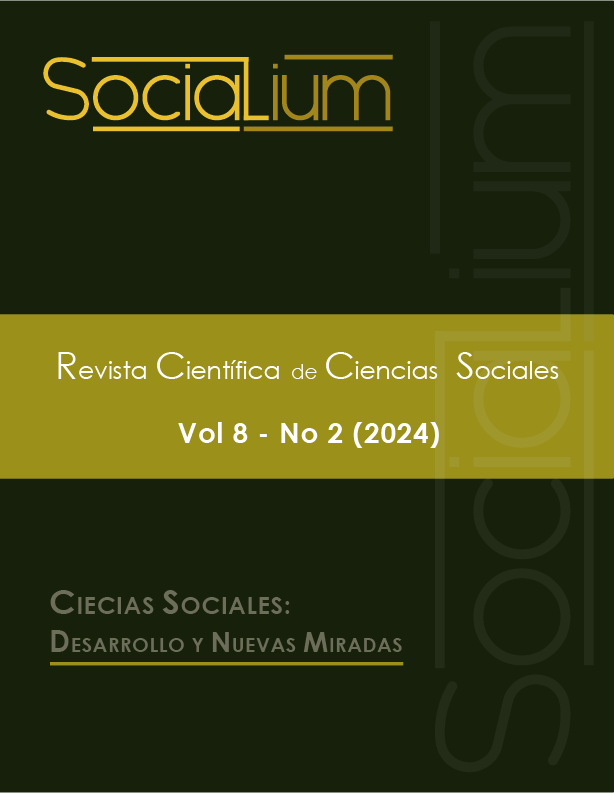

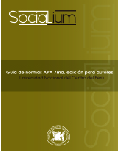




.jpg)










